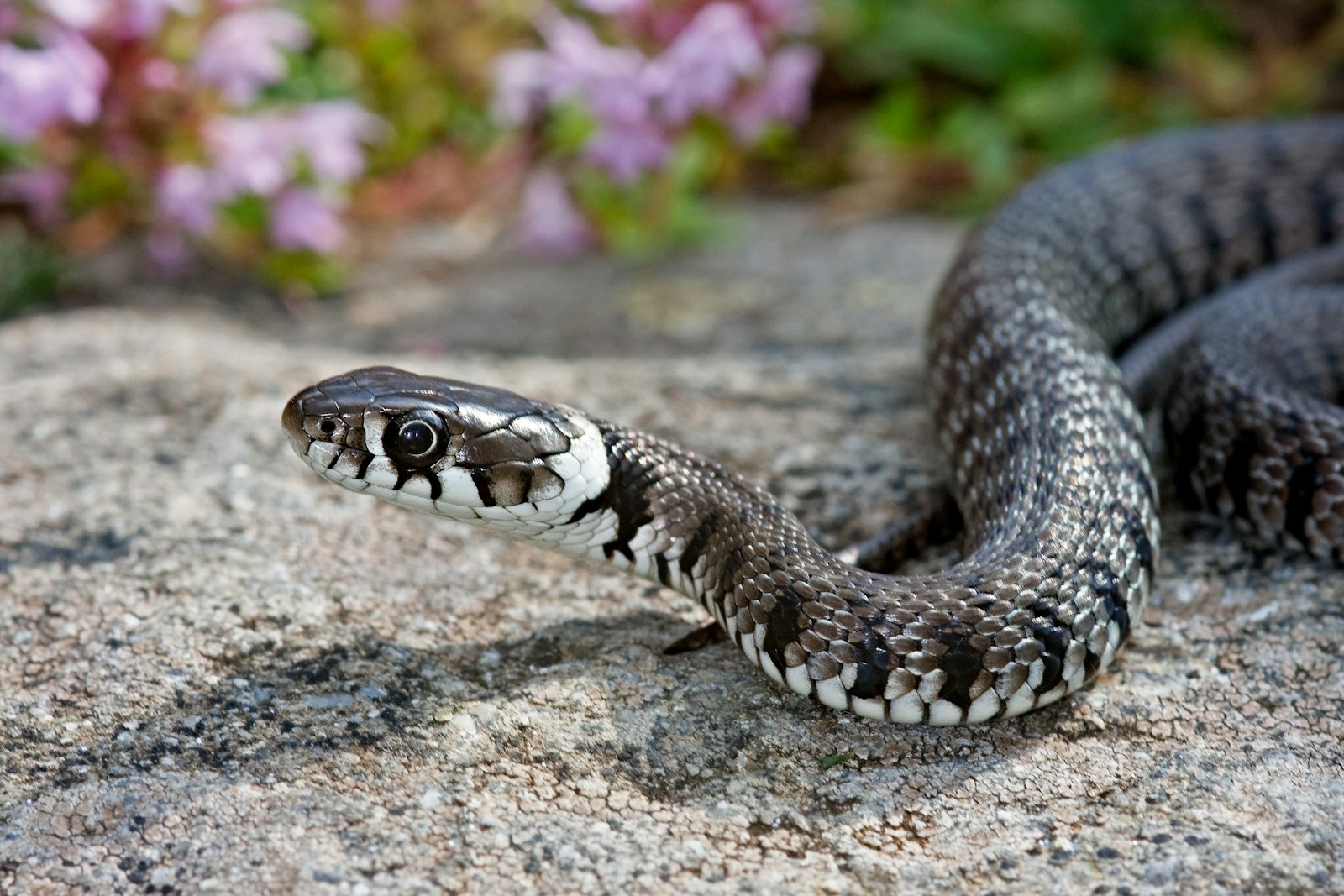In the fascinating world of reptiles, few adaptations are as remarkable as the ability of certain snakes to endure extended periods without food. Among these exceptional survivors, the ball python (Python regius) stands out with its capacity to fast for an astonishing year or more while maintaining its health. This extraordinary metabolic feat—almost unimaginable to us as humans who typically need multiple meals daily—represents one of nature’s most impressive survival strategies. As we explore this remarkable adaptation, we’ll uncover the biological mechanisms, evolutionary advantages, and specific conditions that enable these resilient reptiles to thrive through prolonged periods of food scarcity.
The Metabolic Masters of Survival
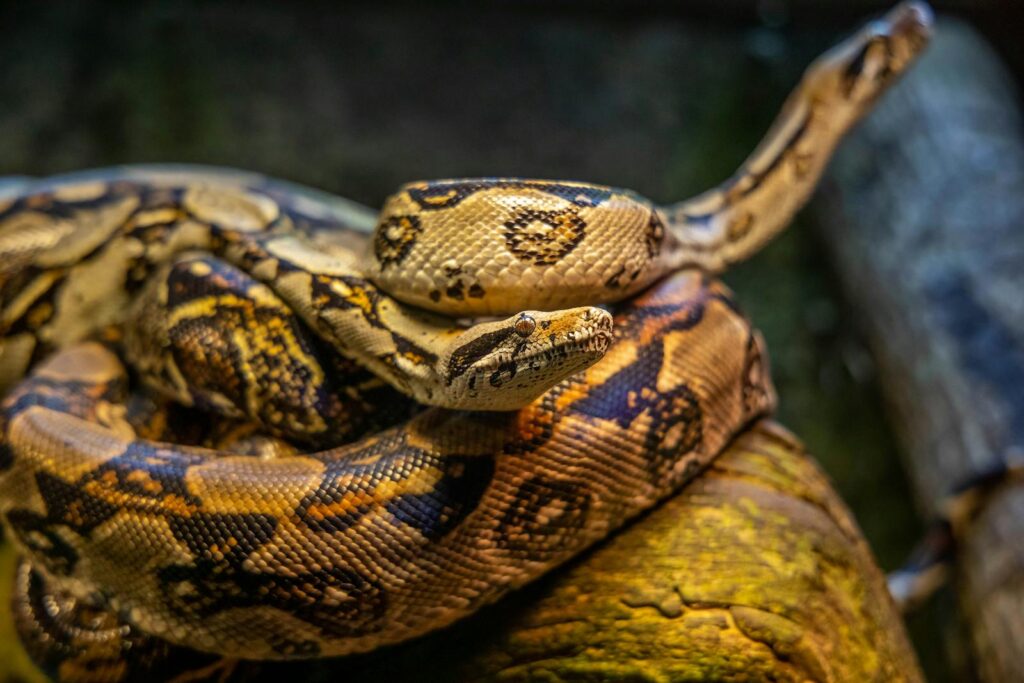
All snakes are ectothermic reptiles, meaning they rely on external heat sources to regulate their body temperature rather than generating their own internal heat like mammals. This fundamental difference in physiology allows snakes to operate on a fraction of the energy required by similarly-sized warm-blooded animals. When a snake isn’t actively digesting food or reproducing, its metabolism can slow to astonishingly low levels, sometimes requiring just 1/40th the energy of a comparable mammal. This metabolic flexibility serves as the foundation for their remarkable fasting abilities, enabling them to conserve energy during periods when prey is scarce or environmental conditions are unfavorable. The ball python, in particular, has evolved this adaptation to an extraordinary degree, making it one of the most efficient energy conservers in the reptile world.
Ball Pythons: Champions of Fasting
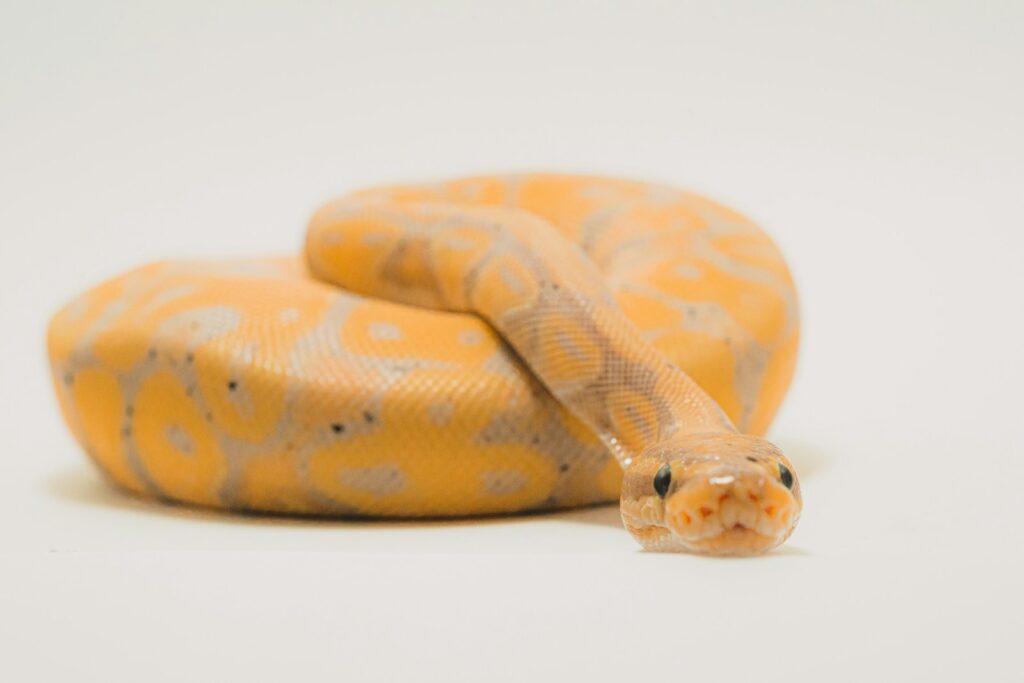
While several snake species demonstrate impressive fasting capabilities, ball pythons are particularly renowned for their ability to go without food for extended periods. In captivity, healthy adult ball pythons have been documented surviving 6-12 months without eating, with some exceptional specimens fasting for up to 22 months while still maintaining their health. These pythons, native to West and Central Africa, evolved this remarkable ability to cope with the seasonal fluctuations in prey availability characteristic of their native habitat. Their common name comes from their defensive behavior of rolling into a tight ball when threatened, but perhaps a more fitting nickname might acknowledge their extraordinary fasting prowess. Remarkably, these pythons often show few outward signs of distress during these extended fasting periods, a testament to their highly specialized physiology.
The Science Behind Extended Fasting
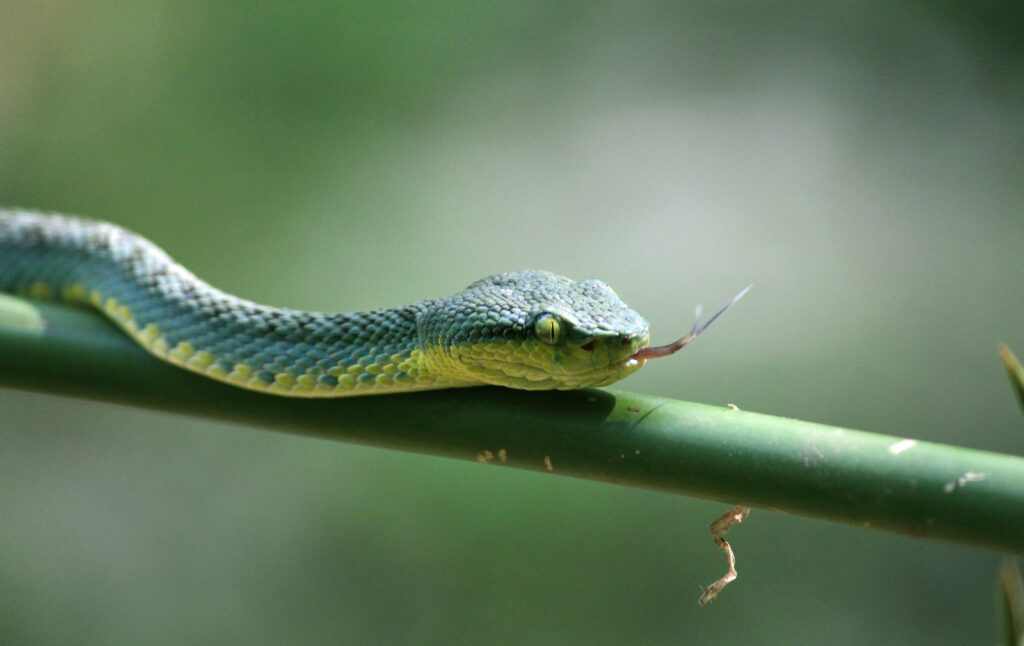
The biological mechanisms that enable ball pythons to survive without food for so long involve sophisticated adaptations at the cellular and systemic levels. When fasting begins, these snakes transition from using glucose as their primary energy source to metabolizing stored fats, a more efficient fuel for long-term energy needs. Their organs, including their digestive tract, can downsize during fasting periods—a process called atrophy—which further reduces energy requirements. Perhaps most remarkable is their ability to reduce their metabolic rate by up to 72% during prolonged fasting, effectively putting their bodies into an ultra-efficient “power-saving mode.” Additionally, ball pythons possess specialized proteins that protect their tissues from damage during these extended periods of metabolic slowdown, preventing the cellular degradation that would occur in most other animals under similar circumstances.
Age and Size Factors in Fasting Ability

A snake’s ability to endure extended fasting periods varies significantly based on its age and size, with mature ball pythons generally demonstrating greater resilience than juveniles. Adult specimens, having reached their full size of 3-5 feet and weighing 2-3 kilograms, possess more substantial fat reserves that can be metabolized during food scarcity. These fat stores, accumulated during times of plenty, serve as crucial energy reservoirs during lean periods. Juvenile ball pythons, by contrast, typically can’t fast for more than a few months without suffering health consequences, as they lack the extensive fat reserves of adults and require regular nutrition to support their growth. The relationship between body mass and fasting duration follows a generally predictable pattern, with larger individuals capable of enduring longer periods without food due to their more substantial energy reserves relative to their basal metabolic requirements.
Seasonal Fasting Behaviors
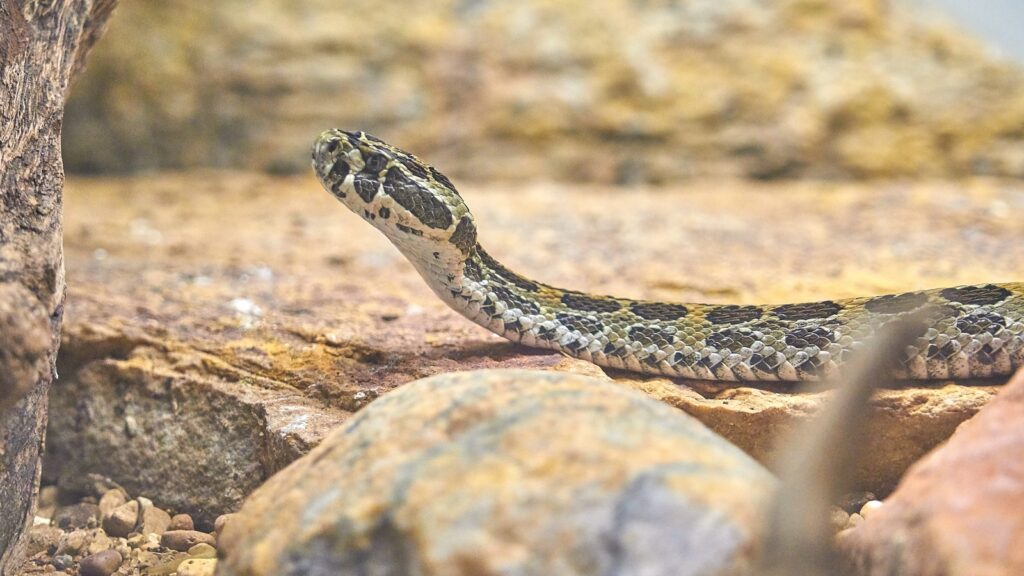
In their natural habitats, ball pythons often exhibit seasonally influenced fasting patterns that align with environmental cycles and breeding behaviors. During the dry season in West Africa, when prey becomes scarce, these pythons naturally reduce their hunting activity and enter a semi-dormant state to conserve energy. Male ball pythons typically undergo a predictable fasting period during breeding season, when their biological focus shifts from feeding to reproduction, sometimes refusing food for 2-3 months while actively searching for mates. Female pythons display even more dramatic fasting behaviors, particularly when brooding eggs, as they may refuse food for the entire 60-day incubation period while they coil around their clutch to protect and warm them. These naturally evolved seasonal fasting periods demonstrate how their remarkable metabolic adaptations serve specific ecological and reproductive functions in the wild.
Physical Changes During Prolonged Fasting
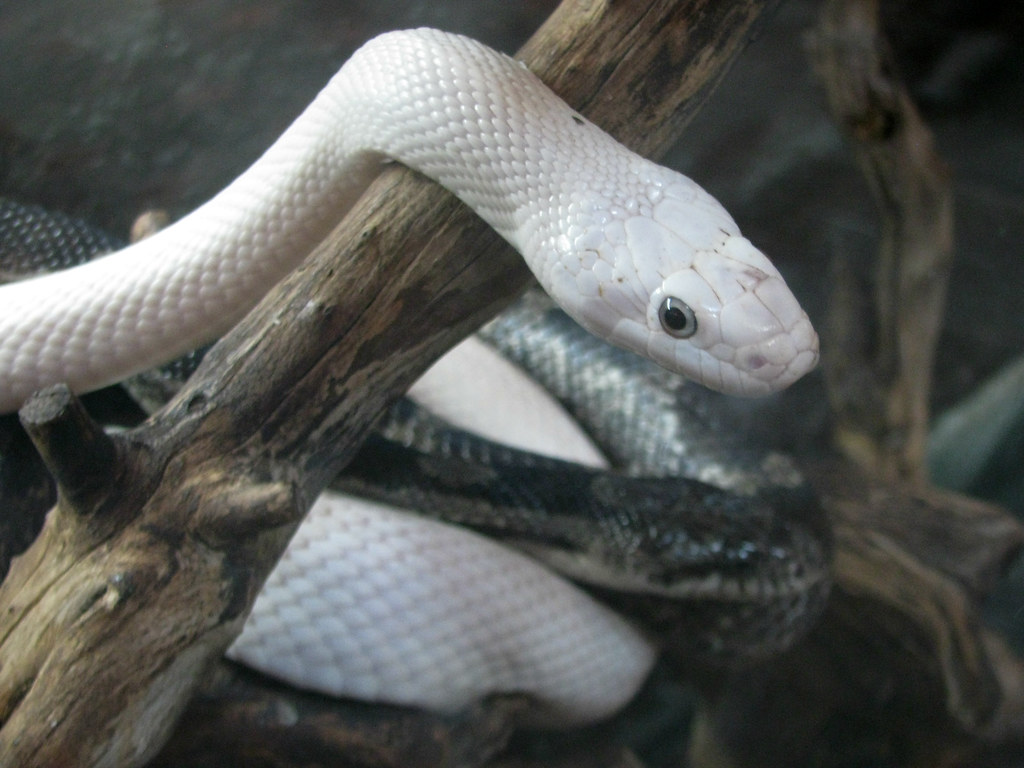
During extended periods without food, ball pythons undergo several observable physical changes as their bodies adapt to conserve resources. The most noticeable change is a gradual reduction in body mass, though this occurs at a surprisingly slow rate compared to mammals. Their muscular tone often remains remarkably good even after months of fasting, though extremely prolonged food deprivation will eventually lead to muscle wasting. The snake’s skin may become somewhat looser as fat reserves are depleted, and its cross-sectional shape may transform from the healthy rounded appearance to a more triangular profile as spinal definition becomes more pronounced. Interestingly, their eyes typically remain clear and alert even during extended fasts, and they continue to shed their skin normally, albeit potentially at slightly extended intervals, as the shedding cycle is governed more by growth rate than by feeding frequency.
Behaviors During Fasting Periods
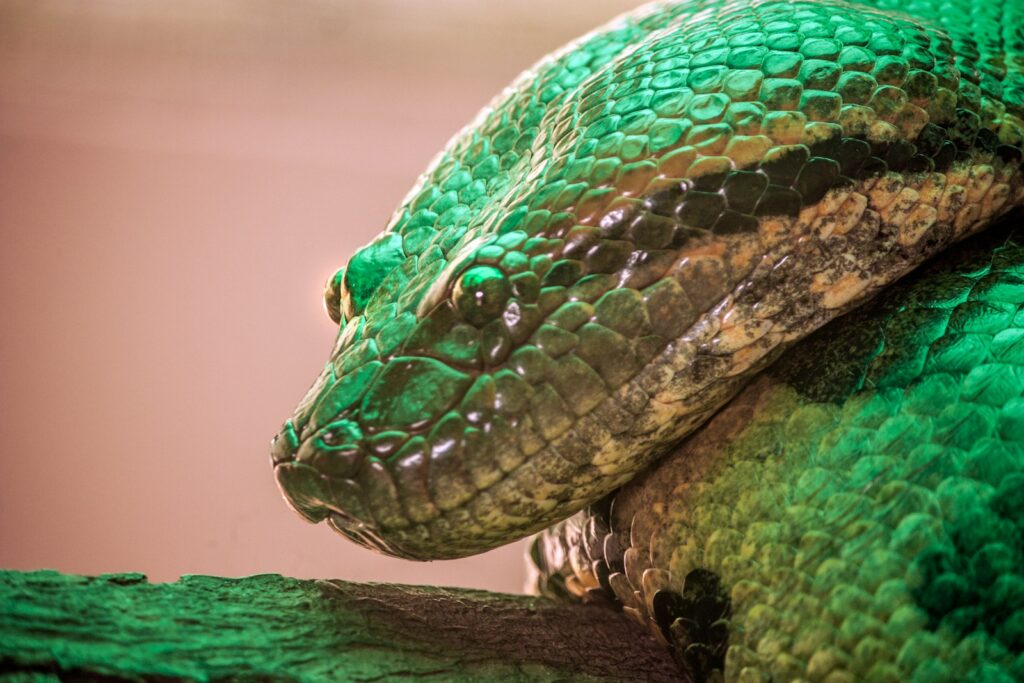
Ball pythons display distinctive behavioral adaptations during extended fasting periods that help conserve their limited energy resources. Movement becomes significantly reduced, with fasting pythons often remaining coiled in secure hiding spots for days or even weeks at a time, emerging only occasionally to drink water or seek optimal temperature conditions. Their hunting behaviors generally cease entirely, and they become noticeably less responsive to the presence of potential prey items that would normally trigger feeding responses. Despite their reduced activity, these pythons remain alert to potential threats and still exhibit defensive behaviors when necessary. Most fascinating is their ability to maintain normal thermoregulatory behaviors—moving between warmer and cooler areas to regulate body temperature—even during extended fasts, highlighting how this crucial survival function is preserved even as other energy-intensive behaviors are curtailed.
Water: The Essential Requirement

While ball pythons can survive extraordinarily long periods without food, they cannot survive extended periods without water. Access to clean water remains essential throughout fasting periods, as dehydration presents a far more immediate threat to survival than starvation. Even during the most prolonged fasting periods, these snakes will regularly drink water, which supports crucial physiological processes including waste elimination and maintaining proper blood volume. The python’s specialized kidneys produce highly concentrated urine to minimize water loss, and they possess adaptations that allow them to extract moisture from their surroundings more efficiently than many other reptiles. Unlike mammals, which lose significant water through respiration, pythons’ respiratory systems are designed to minimize moisture loss, further enhancing their water conservation capabilities during extended periods of food scarcity.
Voluntary Versus Problematic Fasting

It’s crucial to distinguish between the normal, healthy fasting behaviors exhibited by ball pythons and problematic refusal to feed that might indicate health issues. Seasonal fasting, breeding-related feeding cessation, and occasional short-term food refusal are all considered normal behaviors for these snakes and generally don’t warrant concern. However, when a python refuses food while also showing other symptoms such as weight loss exceeding 10% of body mass, abnormal posture, respiratory difficulties, or changes in defecation or urination patterns, these may indicate underlying health problems requiring veterinary attention. Environmental factors can also trigger problematic fasting—inappropriate temperature gradients, excessive handling, or enclosure stress can all contribute to feeding refusals that extend beyond normal fasting periods. For captive pythons, distinguishing between normal fasting and problematic feeding refusal represents an important aspect of responsible husbandry.
The Evolutionary Advantage
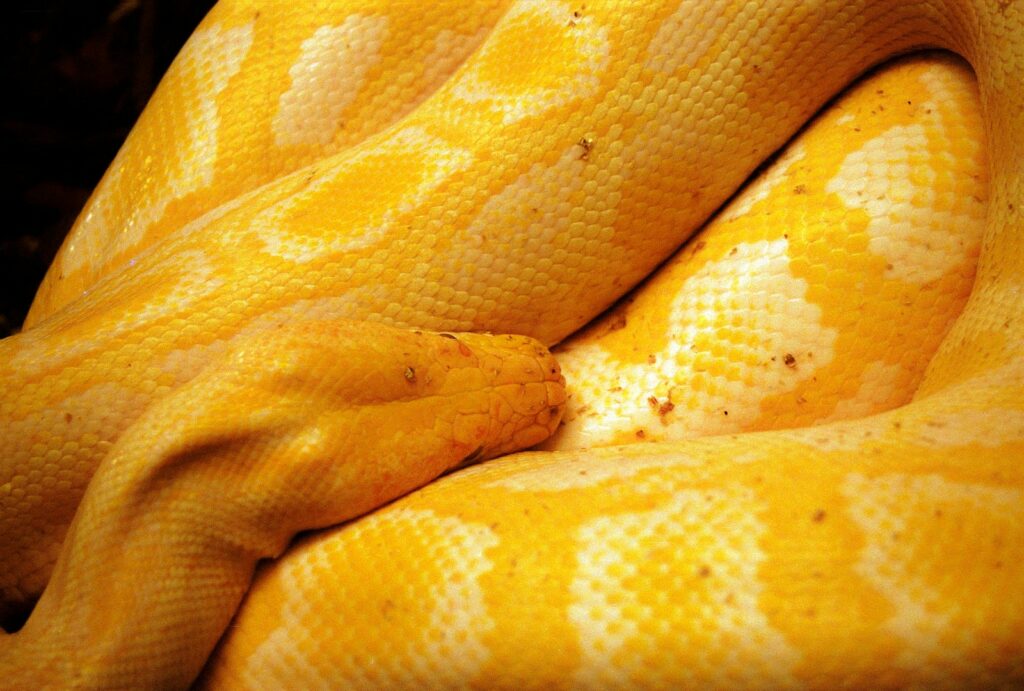
The ball python’s remarkable fasting ability represents a sophisticated evolutionary adaptation that provides significant survival advantages in its natural environment. In the seasonally variable ecosystems of West Africa, prey availability fluctuates dramatically between wet and dry seasons, creating extended periods when food is scarce. Rather than expending precious energy continuously hunting during these lean times, the ability to enter a low-metabolic state allows these pythons to effectively wait out adverse conditions. This adaptation also provides flexibility in hunting strategies, enabling pythons to be selective predators that can afford to wait for optimal prey rather than consuming whatever is immediately available. From an evolutionary perspective, this metabolic flexibility has likely contributed significantly to the species’ success, allowing them to occupy ecological niches where food resources are unpredictable but occasionally abundant, effectively riding out the boom-and-bust cycles of their native habitats.
Captive Care Considerations
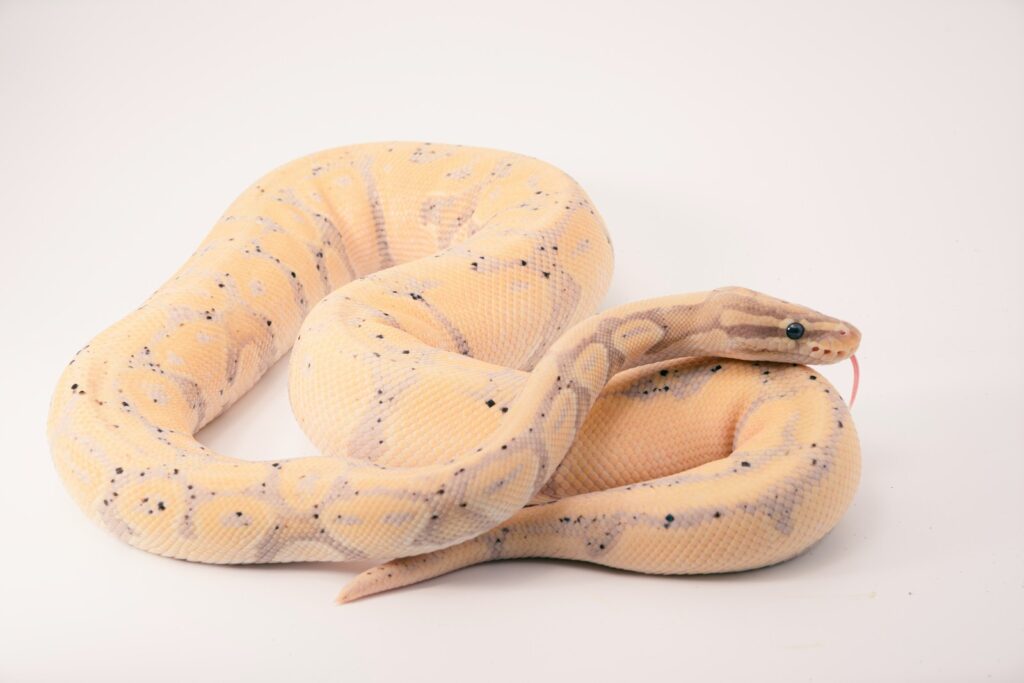
For those keeping ball pythons as pets, understanding their natural fasting abilities is essential, but caregivers should approach extended fasting with informed caution. While healthy adult specimens can indeed survive prolonged periods without food, responsible keepers should regularly offer appropriate prey items even if the snake refuses to eat. Maintaining proper environmental conditions—including temperature gradients, humidity levels, and secure hiding spots—can help encourage normal feeding behaviors and prevent stress-induced fasting. Regular weight monitoring provides the most reliable indicator of health during fasting periods, with gradual weight loss being normal but rapid weight loss signaling potential problems. Juveniles require special attention, as their smaller fat reserves and growth requirements make extended fasting more problematic than for adults. Perhaps most importantly, keepers should recognize that even though ball pythons can survive long fasts, their optimal health and wellbeing depend on regular feeding under normal circumstances.
Record-Setting Fasts
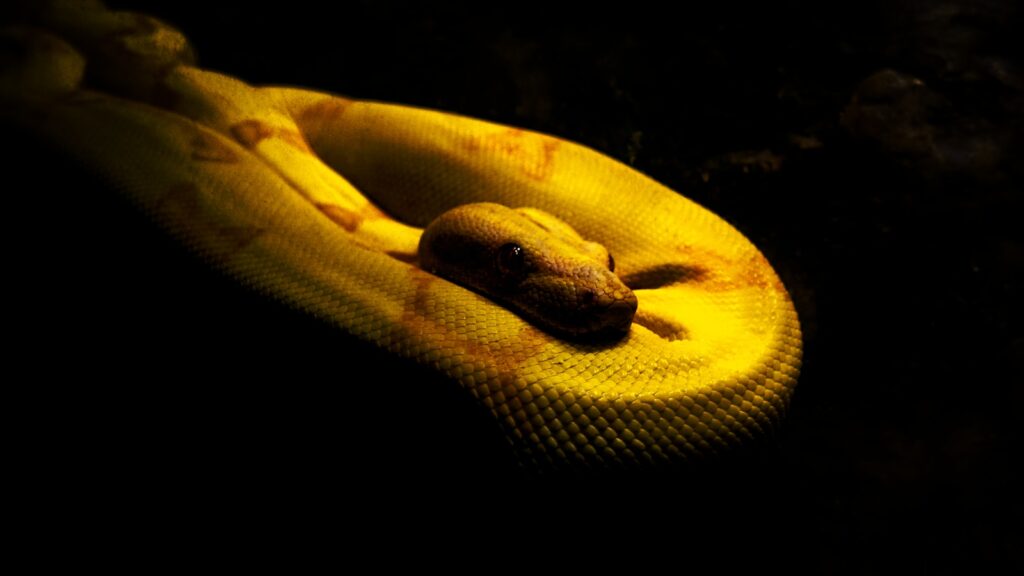
The herpetological literature contains several well-documented cases of truly extraordinary fasting periods in ball pythons that demonstrate the outer limits of their metabolic adaptability. One particularly notable case recorded by the San Diego Zoo involved an adult female ball python that voluntarily refused food for 22 months before resuming normal feeding with no apparent health consequences. Another documented case from a reptile research facility in Florida described a male specimen that fasted for 18 months, losing only 14% of its body weight during this extended period. These exceptional cases typically involve large, healthy adult specimens with substantial fat reserves at the beginning of their fast, and usually occur under carefully controlled conditions with regular veterinary monitoring. While these extreme examples demonstrate the theoretical limits of the species’ fasting capability, they should not be viewed as typical or desirable situations for captive pythons, whose health is best maintained with regular feeding schedules.
Comparing to Other Fasting Champions
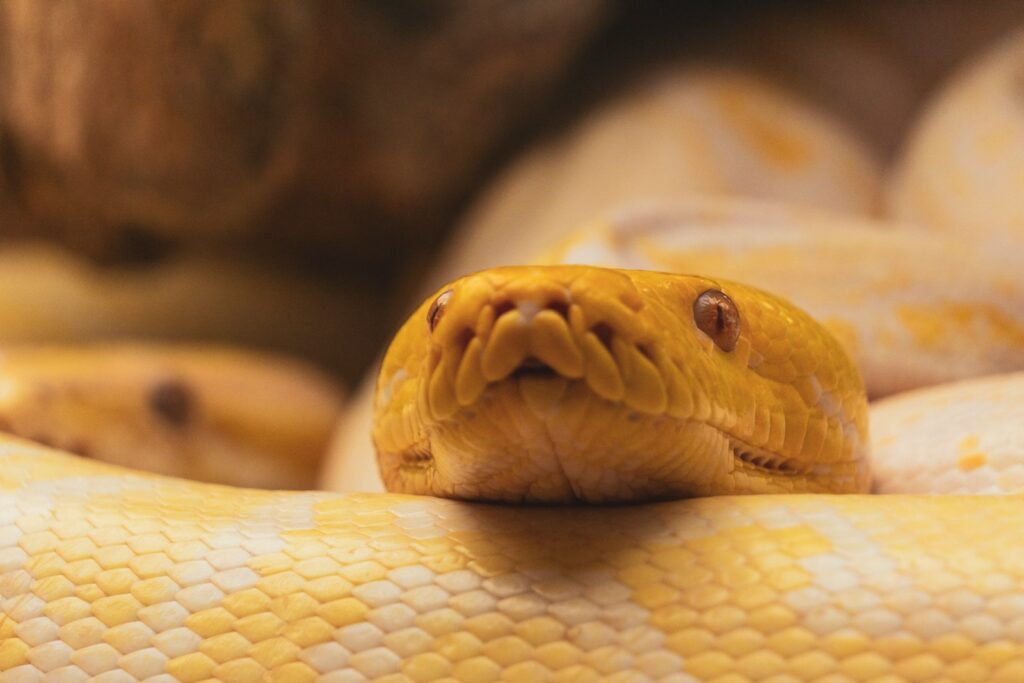
While ball pythons demonstrate remarkable fasting abilities, they aren’t the only species capable of extended survival without food. The reticulated python (Python reticulatus) can fast for comparable periods, sometimes exceeding a year in well-documented cases. Crocodilians demonstrate perhaps even more impressive fasting capabilities, with some species able to survive for up to three years without feeding when necessary. Among non-reptiles, certain deep-sea creatures like the Greenland shark have extraordinarily slow metabolisms that enable them to go for months or potentially years between significant meals. The common house spider can survive six months without food, while certain species of tardigrades can enter a state called cryptobiosis, suspending their metabolism almost completely and surviving for decades without nutrition. These diverse examples of extended fasting abilities across different animal groups highlight the various evolutionary strategies developed to cope with food scarcity, with the ball python’s approach representing one particularly sophisticated solution to this universal survival challenge.
Conclusion

The ball python’s ability to survive for a year or more without food represents one of nature’s most remarkable adaptations. This extraordinary feat of metabolic efficiency, far from being merely a biological curiosity, reflects millions of years of evolutionary refinement that has produced a survival strategy perfectly suited to the species’ ecological niche. Through sophisticated physiological mechanisms, these reptiles can essentially put their bodies into an ultra-efficient standby mode, drawing upon stored resources while minimizing energy expenditure. While we might view such extended fasting as indicative of distress or deprivation through our human lens, for the ball python, it represents a normal aspect of its biological programming—a testament to the diverse and often surprising ways that life has evolved to overcome environmental challenges.

